UPDATES AND EXPECTATIONSWelcome to All Saints Preschool! We cannot wait to see you in a few weeks. Here are some tips, reminders, and updates to help you with your first week of school: JULY 15, 2023 - ENROLLMENT PACKETS ARE DUE ✎ Friendly reminder that enrollment packets are due by July 15, 2023. If you are having trouble meeting this deadline, please contact the office. If we do not hear back from you we will open your space to the next student on our wait list on a first-come-first-serve basis. $ Deposits of $200.00 ($50 registration fee and $150.00 activity fee) are due. We do need this deposit by the 15th to lock in your space, otherwise we will open up the space to new student on our wait list. Tuition payments will begin in August for those on a monthly schedule. You may either pay in person, place a check in our drop box at the entrance gate, mail it to our PO Box, or provide an ACH transaction through Child Pilot. Scholarship recipients with their deposits covered will either be credited or have their deposit refunded once the scholarship reward is received. ☤ Physicals and doctor appointments may be scheduled after this date. This is acceptable if we have a copy of your appointment confirmation so we may follow up with you at a later date. Ideally, we would want to collect physical forms prior to starting school, but if this is an issue, please let us know. ✚ We do need to have your TB clearance before starting school. If your doctor is unable to see you before school starts, please contact DHS to see if they can offer a quick questionnaire screening. ✄ Hang on to your school supplies. Due to our roof construction taking a bit longer than anticipated, we are asking families to hang on to their supplies and bring them in on Monday, 7/31/23, of orientation week instead. July 31, 2023 - ORIENTATION DAY ✎ Sign-ups for orientation day is now available: During orientation, you will have time to meet with your teacher one-on-one, ask any questions pertaining to your specific class, tour your classroom and our campus, and help your child settle into their new space. Each session is 15 minutes. You may leave your school supplies with your teacher in your child's cubby. Both parents and students are welcome to attend. We will also be distributing school t-shirts. If you are a returning student in need of a larger size, please let us know. ☏ Reconnect with teachers after Orientation Day. The teachers will be your main point of contact for your child's development. You may reach out to them throughout your time at All Saints. Bios of our teachers will be posted on our website HERE. You can find more information about each class and their curriculum HERE. AUGUST 1, 2023 - CLASS A HALF DAY 📆 Students in Class A attend from 7:30 AM to 11.00AM This allows teachers and students time to get used to their class, teachers, classmates, and take advantage of the smaller class ratio for a more intimate first day of school. Students in Class B stay home. AUGUST 2, 2023 - CLASS B HALF DAY 📆 Students in Class B attend from 7:30 AM to 11:00AM. This allows teachers and students time to get used to their class, teachers, classmates, and take advantage of the smaller class ratio for a more intimate first day of school. Students in Class A stay home. 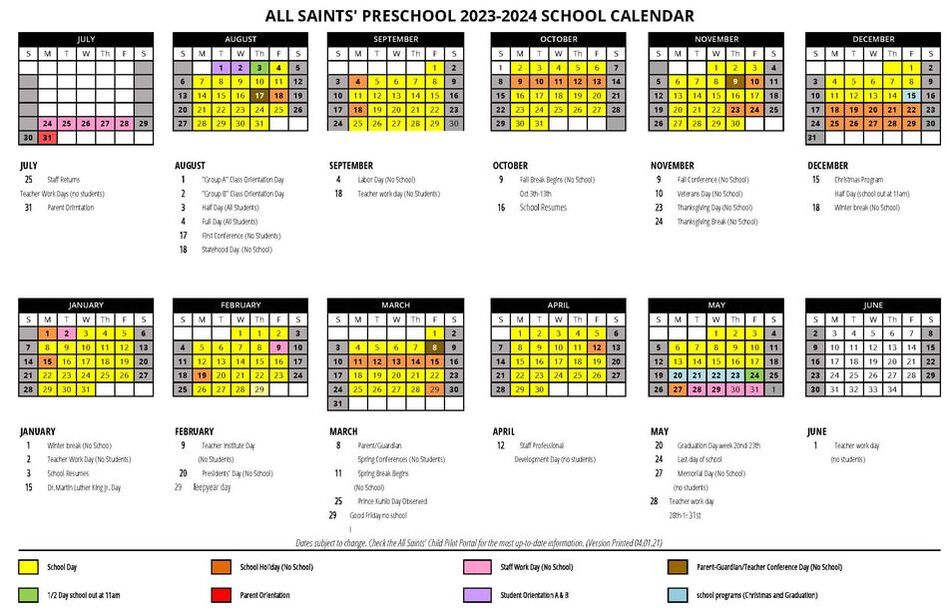 AUGUST 3, 2023 - ALL STUDENTS HALF DAY 🍎 All students attend from 7:30 AM to 11:00AM. This is a half day for all students to meet the rest of their classmates and slowly integrate them into a normal school setting. NO lunch is needed on half days AUGUST 4, 2023 - FIRST DAY OF SCHOOL 🍎 All students attend. Drop off is 7:30 AM to 8:30 AM. Pick-up is from 12:00 PM to 4:30 PM. This will be their first official day of school! Students get to try out a full day. Use this day to check their separation anxiety levels. Feel free to discuss with your teacher if a half-day schedule is appropriate for a few more weeks while they learn to be away from home. A typical day at All Saints Preschool: 7:30 AM Drop-off 8:30 AM Circle Time 8:45 AM Attendance / Welcome Activities 9:00 AM Morning Snack 9:30 AM Class Curriculum 11:30 AM Lunch 12:00 PM Nap time 1:30 PM Wake Up 2:00 PM Free Play 2:30 PM Afternoon Snack 3:00 PM Free Play 4:30 PM Last Pick-up Schedules are subject to change and varies with each class. Sometimes we have special events and guest visitations with which our morning schedule is altered. All special events would finish by 11:00 AM. If you have any other questions please feel free to contact the office. See you soon!
0 Comments
Featuring the keiki of All Saints Preschool!
Special thanks to Music Director Warren Dastrup and his crew for the wonderful music and video production. Happy Thanksgiving from all of us at All Saints Preschool! Enjoy our musical performance by the Kolea Class of 2020. Q: How does COVID-19 affect my child? 1) Children can get COVID-19 infections just like adults. 2) Children can spread COVID-19 infections to other children and adults. Children can spread COVID-19 even if they are asymptomatic or pre-symptomatic. 3) Although COVID-19 can be fatal in children it is very rare, and they generally have less serious infections than adults. 4) The frequency of complications from COVID-19 in children, such as the Multisystem Inflammatory Syndrome or chronic symptoms are thought to be rare at this time but the true incidence is still unknown. 5) Almost any symptom of common childhood illnesses (e.g., fever, chills, fatigue, cough, runny nose, sore throat, vomiting, diarrhea, loss of taste, loss of smell, or headache) in a child could be a sign of COVID-19. Many kids with COVID-19 do not have ANY symptoms at all. Furthermore there is no group of symptoms that can identify COVID-19 in kids with a high degree of accuracy. Q: If I'm not sure, should we always get tested? Universal COVID-19 testing of every acutely ill child is not currently recommended. With current limited resources and testing methods we do not recommend COVID-19 testing for every ill child who attends school. At some point in the future this may change with improved testing capabilities. Currently on Kauai, we believe the best indicators of when to test a child for COVID-19 would be based on: (1) exposure to a positive COVID-19 case, (2) exposure to contacts who have recent travel to areas of high COVID-19 activity, (3) if the student has had recent travel to areas of high COVID-19 activity, and (4) a high number of community cases, especially if they are occurring in the geographic region of their school. These indicators can also help schools assess the risk on an individual basis and take necessary precautions. Q: What if my child gets sick at home? Students who develop any acute illness should not attend school unless the school authorities or a healthcare provider can clearly identify that it is not COVID-19 and that they are no longer infectious. An example of an infection that might clearly be identified and treated would be strep throat. Medicating a child with antipyretics (i.e. acetaminophen or ibuprofen) when ill and sending them to school is prohibited. All other infections that could be COVID-19 should be brought to the school’s attention so that they can have the option to do additional screening and preventative measures related to the child’s illness. Q: What if my child gets sick at school? Any student at school who develops signs or symptoms of illness (e.g fever, fatigue) during school hours should be immediately and safely isolated with appropriate supervision. COVID-19 precautions should be maintained until the student can be safely picked up, as school authorities will not be able to tell which ill students have COVID-19. The “Sick Student Screening Tool” can be used to assess if there is any high suspicion of COVID-19. Thanks Doc!
Q: It is normally so hot the first few months of the school year I’m concerned the [children will feel] lightheaded. [Are] there any studies done of oxygen levels after wearing a mask for a while? Hi Fellow All Saints' Parents,
Thank you for the thoughtful question about gas exchange in children due to wearing masks. There is no study that I am aware of that has tested children wearing masks for prolonged periods of time to see if there is any change in oxygen (O2) or carbon dioxide (CO2) level. The main concern related to children wearing masks is that if a child puts something in their mouth and starts to choke it is conceivable that we will not be able to tend to them in a timely manner, this is why children less than 2 are not recommended to wear masks. Of course, this would be exceedingly rare. From adults, we know that there is no risk of wearing a mask except for on rare occasions where an individual has severely compromised lungs. The molecules of O2 and CO2 will freely flow through masks and around the mask perimeter. It is actually very hard for children to become hypoxic (low oxygen) unless you have lung disease or an infection that affects both sides of your lungs. If there is a small increase in the percent of CO2 that happens to occur in the small reservoir of the mask it is conceivable that the child may have to increase their respiratory rate to compensate for this to blow off more CO2, but this would be a minimal increase in effort (i.e. 32 breaths per minute up from a baseline 30 breaths per minute). I could easily bring a pulse oximeter to school one day and test a bunch of children if the school would like me to, but I am certain I will not find any hypoxia. If I can add one more of my observations that may be useful. From my experience wearing a mask in the hospital for prolonged periods of time and more recently wearing various masks all day long at work. There are two physical issues I experience with masks. (1) If they are really thick (two thick tight layers of cloth) and tight fitting (when I breathe the mask moves in and out with each breath) then I feel shortness of breath when I have to speak to patients for longer periods of time. I do not attribute this to lack of O2 or build up of CO2 from poor gas exchange. Rather, I think it is due to the increased effort it takes me to actually pull air into my lungs and thus I am likely taking smaller than average inhalations that in turn increases my CO2 and makes me feel short of breath and work harder to breath. (2) Aches (head, neck, ear), I have experienced some achy sensations from wearing some types of face masks. Again, I do not attribute this to poor gas exchange but rather to how the mask is held to the head. For me, a mask that has tight ear elastic loops that pull behind my ears are the worst. After wearing those for 3 hours straight the area around my ears start to ache. Cloth loops are better if there is almost no tension. The very thick mask that ties behind my head in two places that makes me struggle to breathe at times gives me no achy issues at all. The point is you may want to try a couple different masks on your child and have them wear it for a duration 1-2 hours to see which ones are most comfortable before sending them to school. Aloha, Jesse Lam, MD Kapaa Pediatrics, LLC MANAGING ANXIETY: CORONAVIRUS FEARS & CONCERNSUpdated: 3/27/2020
Attached is a PDF file with great information on ways to manage our fears in the midst of this pandemic.
Particular take-aways related to our keiki: Kids today are as exposed to the news cycle as adults are, but they have less life experience to interpret what they’re seeing and hearing. Your job isn’t to shelter them from the news; it’s to help them understand and process it. Children of all ages want reassurance that their family will be safe. If children have fears, give them honest information at a level they can understand. You don’t need to explain everything about the virus and risk. Give them only as much information as they request. Encourage your children to talk to you about their thoughts and feelings. Listen to their concerns, and then reassure them. Explain that there are steps that everyone can take to protect themselves. Limit your child’s exposure to news reports. Seeing repeated coverage can be disturbing. It can be helpful to watch the news with your child and discuss it afterwards. We have to walk a fine line between awareness and fear. Try to keep your thoughts in sync with what is actually happening, not what your worst fears may be. Understand that national and international health organizations are working diligently to understand the risks and keep the public safe.
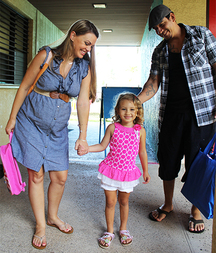 Since 1966, All Saints’ has been committed to nurturing and inspiring our students to “Realize Their Personal Best” amid a loving, innovative, and dynamic early childhood educational environment. All Saints’ Preschool serves students age 2 years, 10 months to 6 years old. Our goal is to provide the foundation necessary for our students to thrive emotionally, physically, intellectually, socially, and spiritually. With each child entrusted to our care, we are devoted to building their self-esteem, instilling a passion for learning, and fostering their ethical and moral development. Our experienced and passionate team of educators create an atmosphere that offers an appropriate balance between academics and creative expression—with an emphasis on having fun! All Saints’ is committed to providing an exceptional, community-based preschool experience with Kauai’s most experienced early childhood educators. Our staff members, from our lead teachers to our support-staff, are all seasoned educators and professionals, most who have served at All Saints’ for many years. All Saints’ is not a daycare program with elements of a preschool environment. We are an early childhood education center and our staff members are educators committed to nurturing, inspiring, and teaching your children. All of our classroom programs are innovative and exceptional learning environments that integrate both traditional and contemporary early childhood education practices. Please complete the application form along with the $50 registration fee, return it to the office as soon as possible. As it states on the form, applications will be considered in the order they are received, and must include the $50 registration fee before an application is reviewed. If accepted, additional paperwork, medical records, and a non-refundable tuition deposit of $400 will need to be submitted to finalize a child’s enrollment. Our tuition reflects the financial commitment it takes to attract, retain, support, and empower Kauai’s most experienced early childhood educators. The decision to give your child an All Saints’ educational experience inherently brings a financial commitment. We understand that many of you will be making great sacrifices to have your children at All Saints’. The tuition for the 2016-2017 school year is $6900. Please note the following childcare subsidy information: If parents work or attend school, you may qualify for a DHS (Dept. of Human Services) Child Care subsidy. Call the Arbor Childcare office at 245-2193 for information. If your child is of Hawaiian ancestry, call Queen Liliuokalani Children’s Center at 245-1873 or Keiki O Ka’Aina at 808-845-3454 for information. If your child is born between August 2011 and July 2012, you may also qualify for Preschool Open Doors. Please note Open Doors has a new enrollment period, February 1 - March 31 only. You can contact them at (800) 746-5620 or www.patchhawaii.org. We are excited to introduce our school ‘Ohana to you and we hope that you will find us to be a good match for your child. Please do not hesitate to contact us if we can answer any questions and/or to arrange a tour of our campus. Mahalo nui loa. The Reverend Ryan D. Newman Rector and Head of School All Saints’ Episcopal Church and Preschool With Labor Day weekend coming, it was time for the All Saints' Preschool "End of Summer Bash." The morning consisted of lots of water! Plus there were plenty of other surprises; body paint, shaving creams, wading pool, bubbles, colorful corn starch, and more. Check out the pictures of the event. On Tuesday, August 4, students and staff returned from summer break for the first official day of the 2015-2016 school year. |
Categories |
||||||||||||


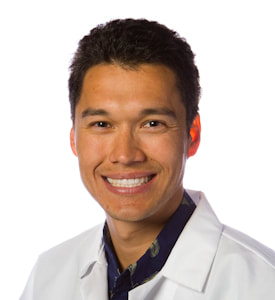
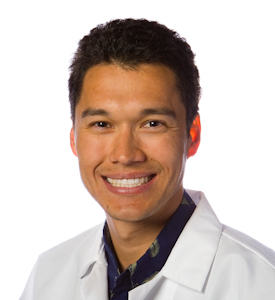
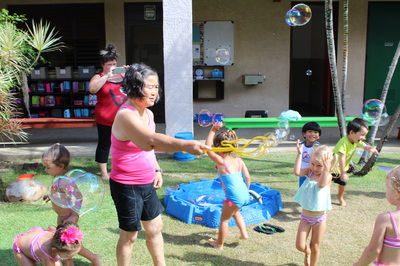
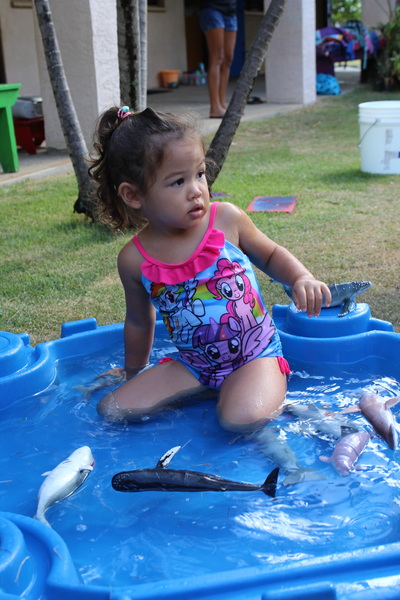
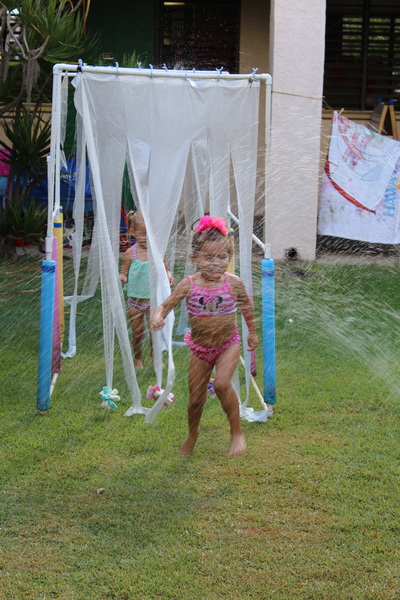
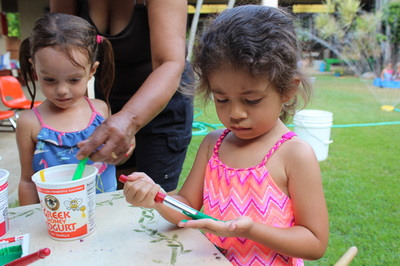
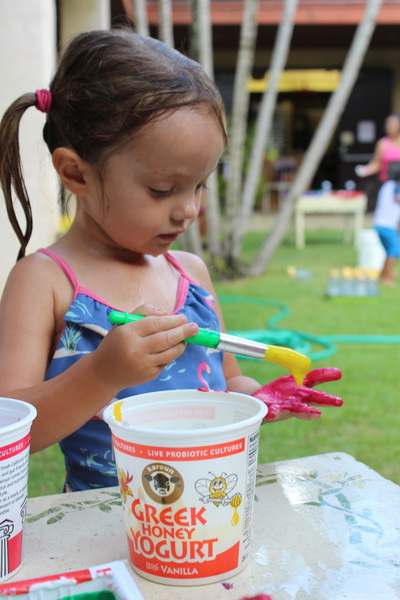
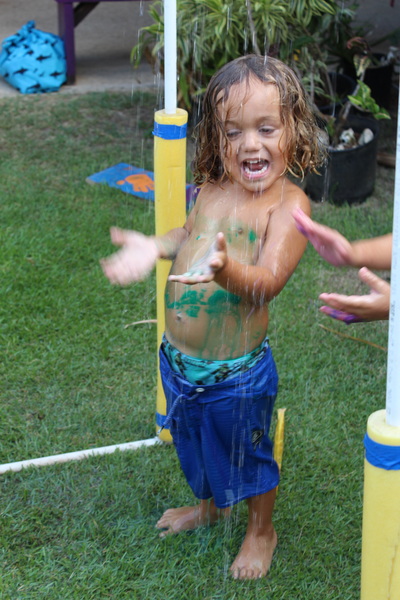
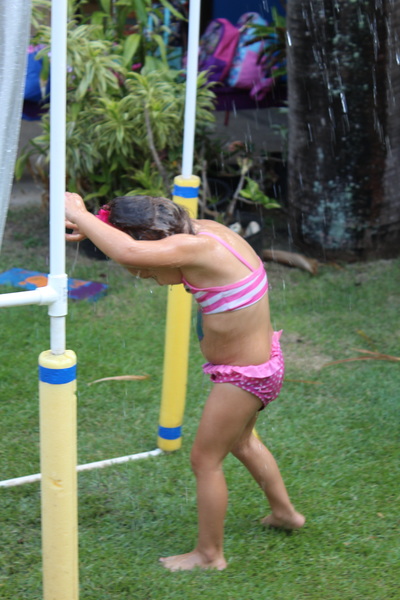
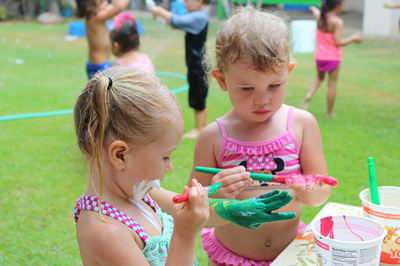
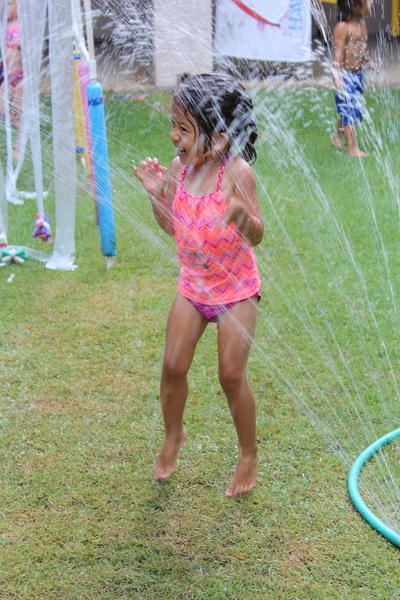
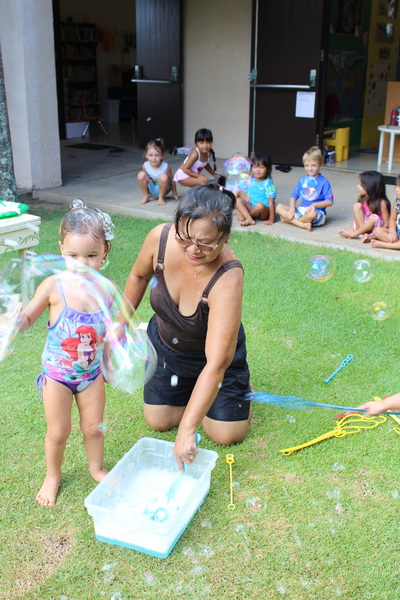
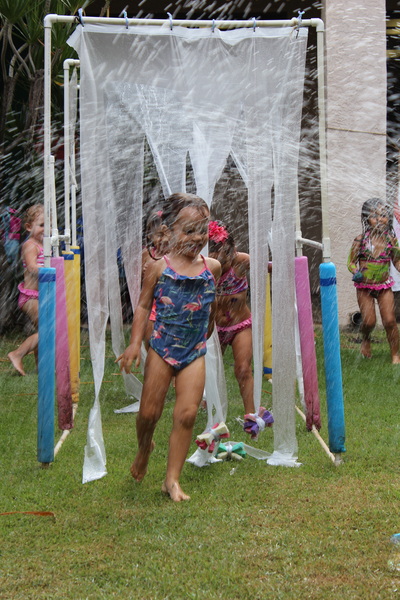
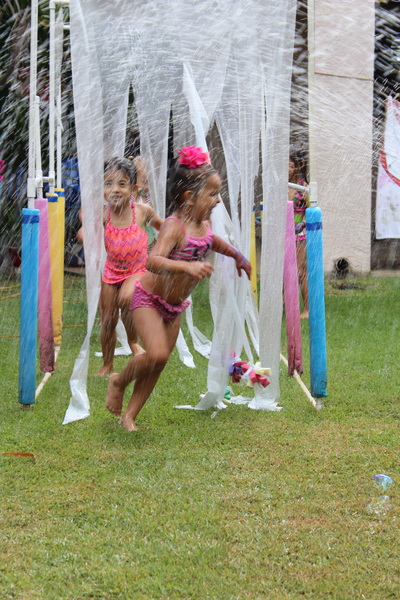
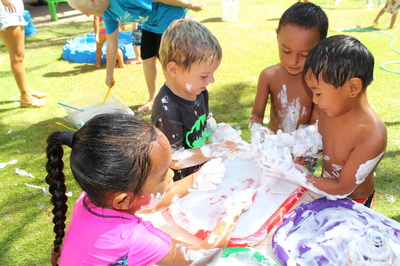
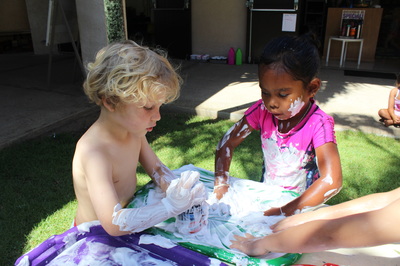
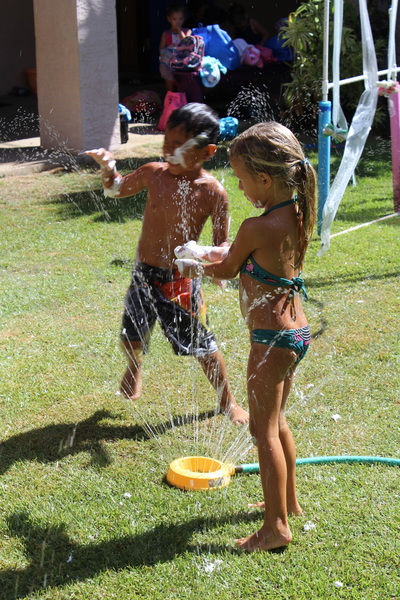
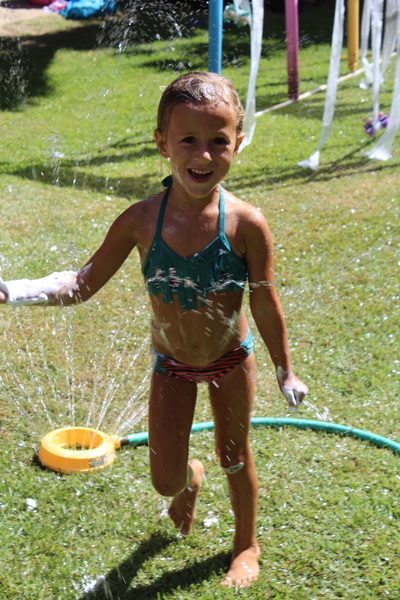
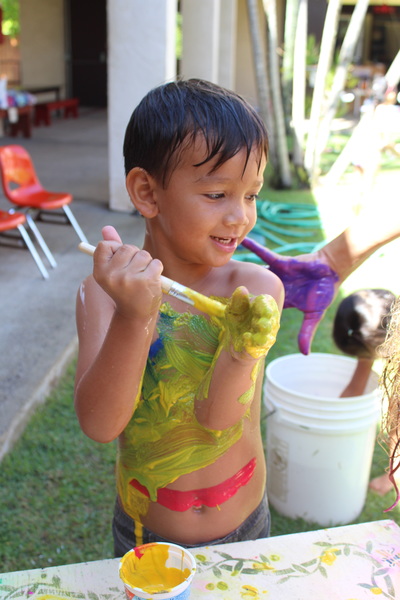
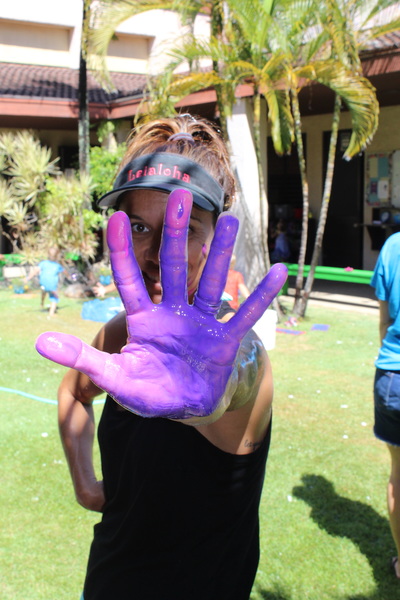
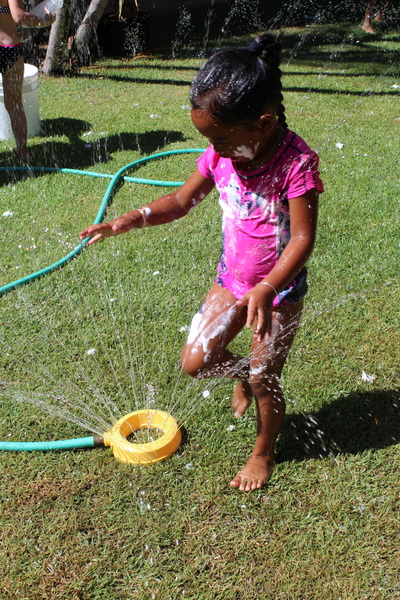
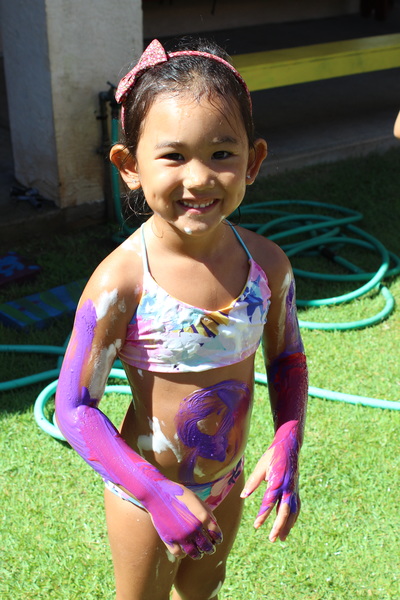
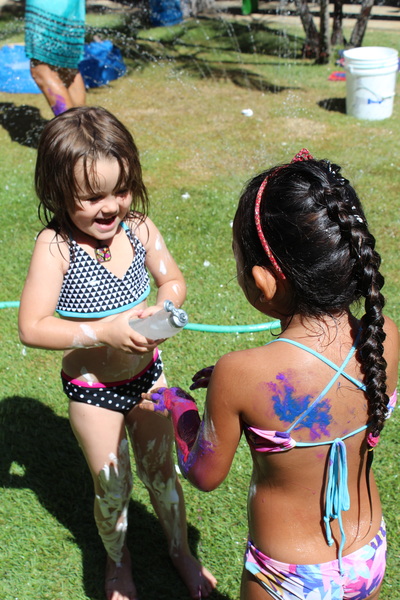
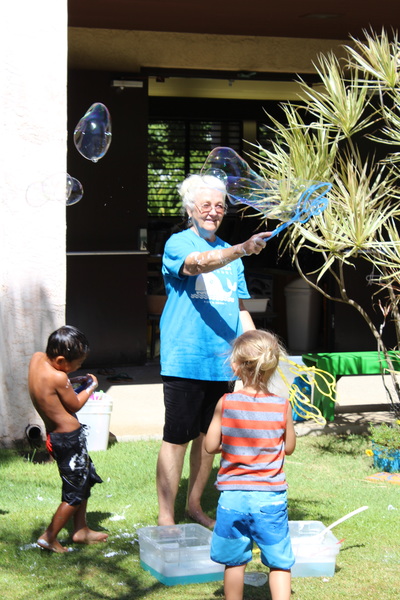
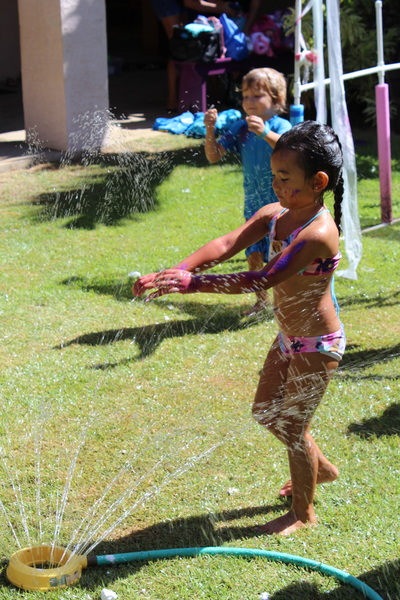
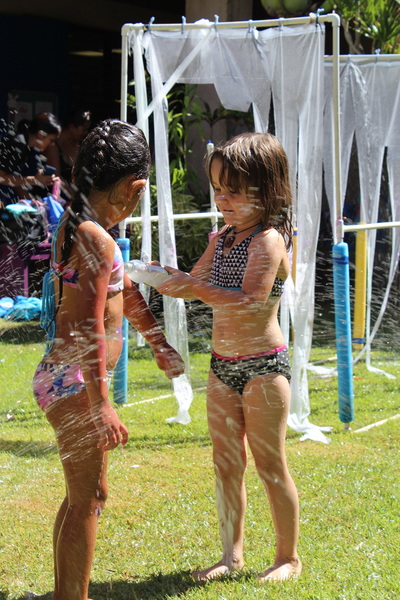
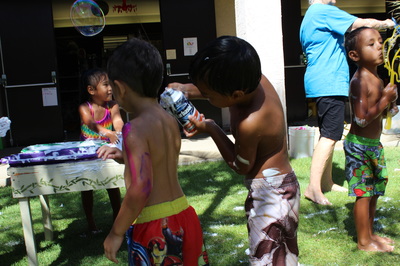
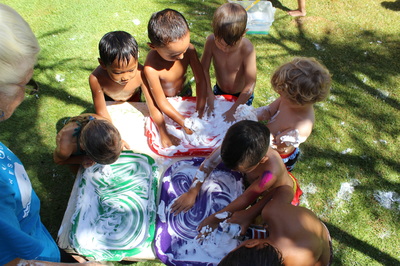
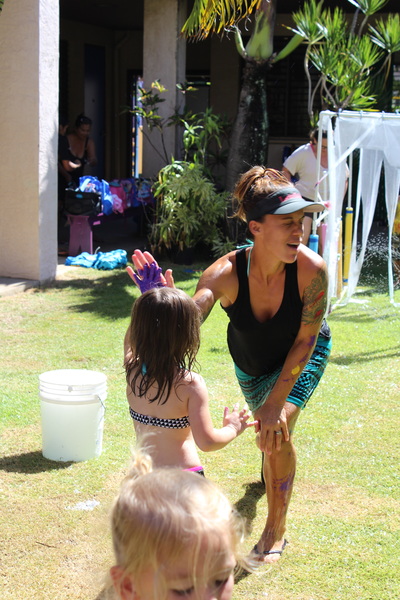
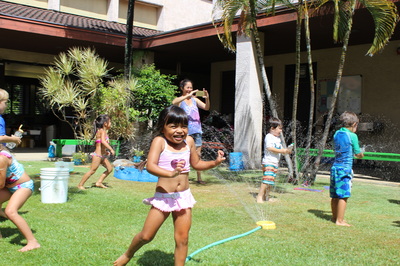

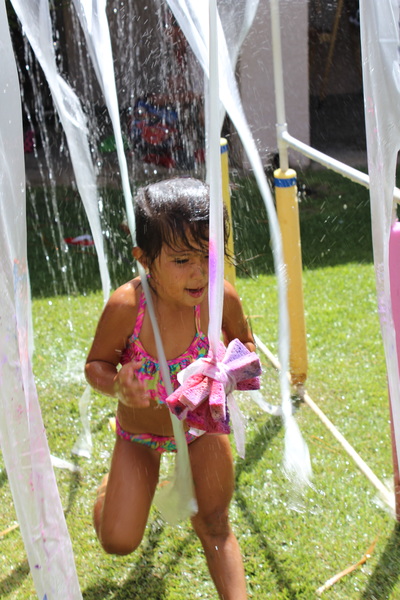
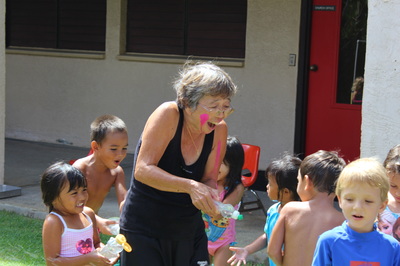
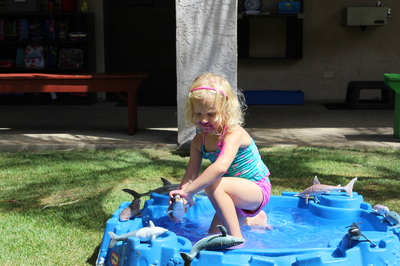
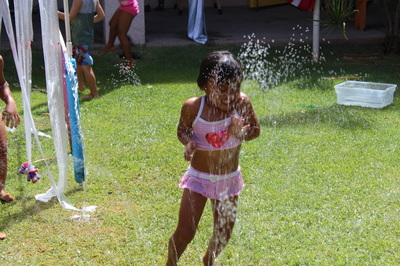
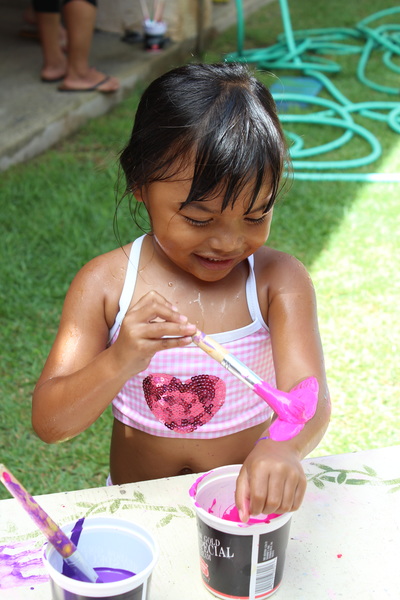
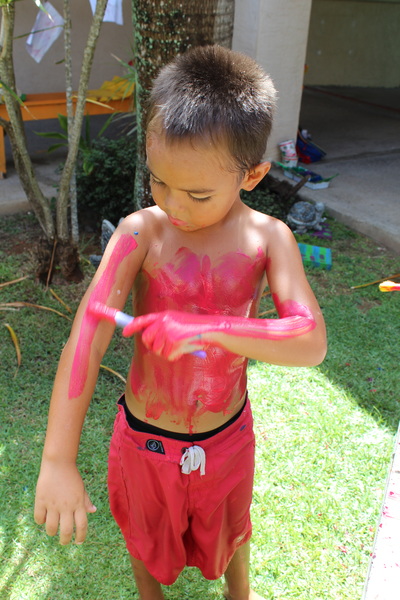
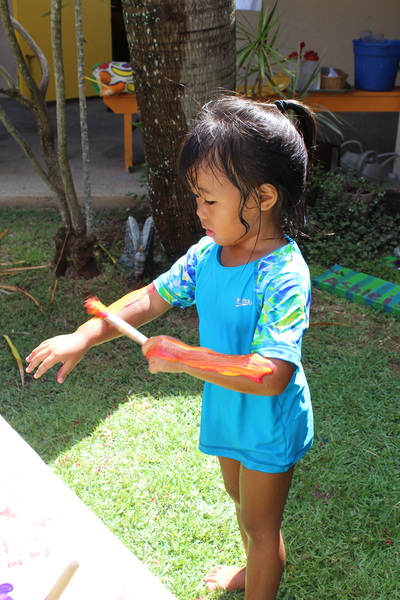
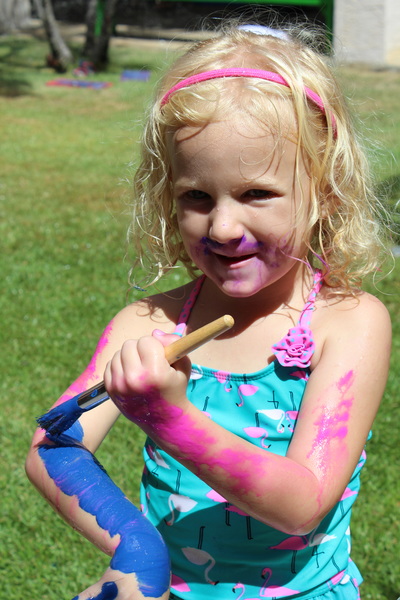
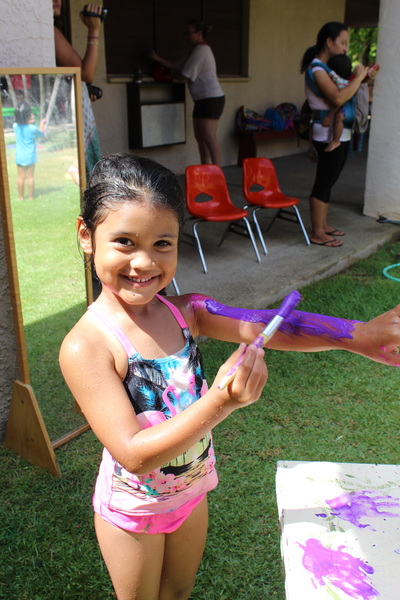
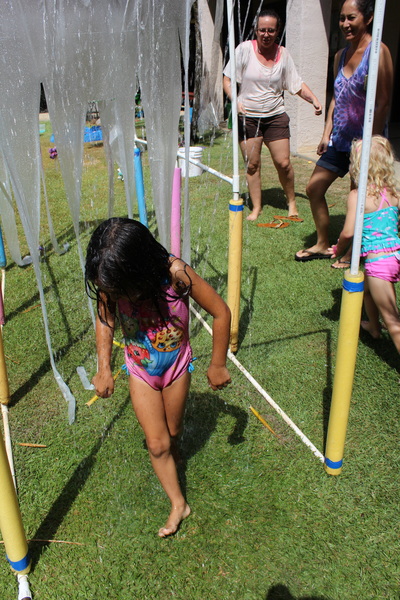
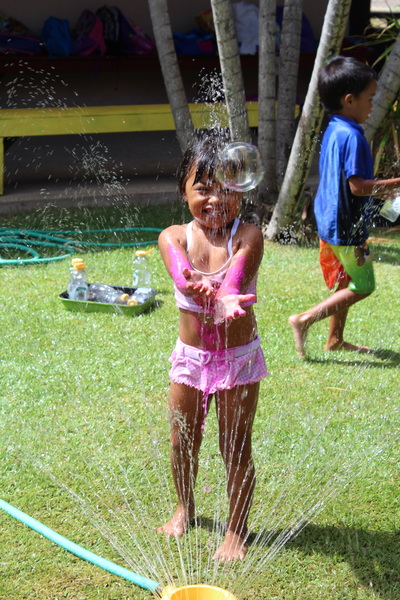
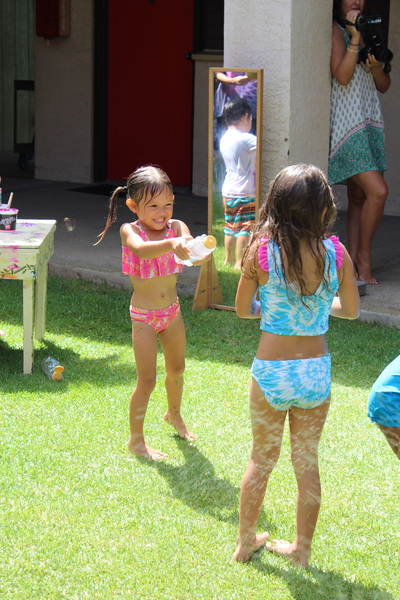
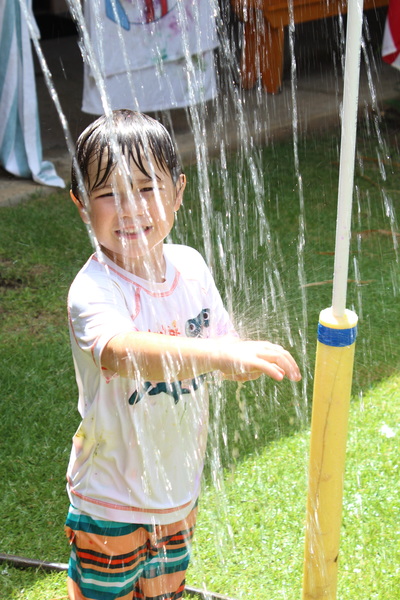
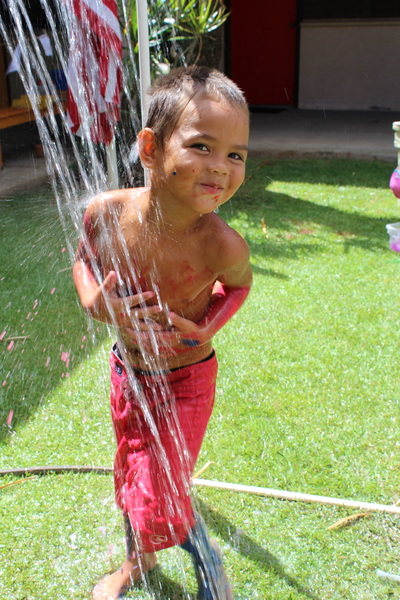
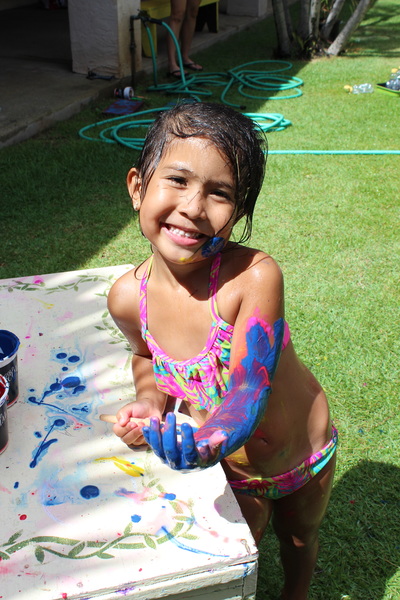
 RSS Feed
RSS Feed
